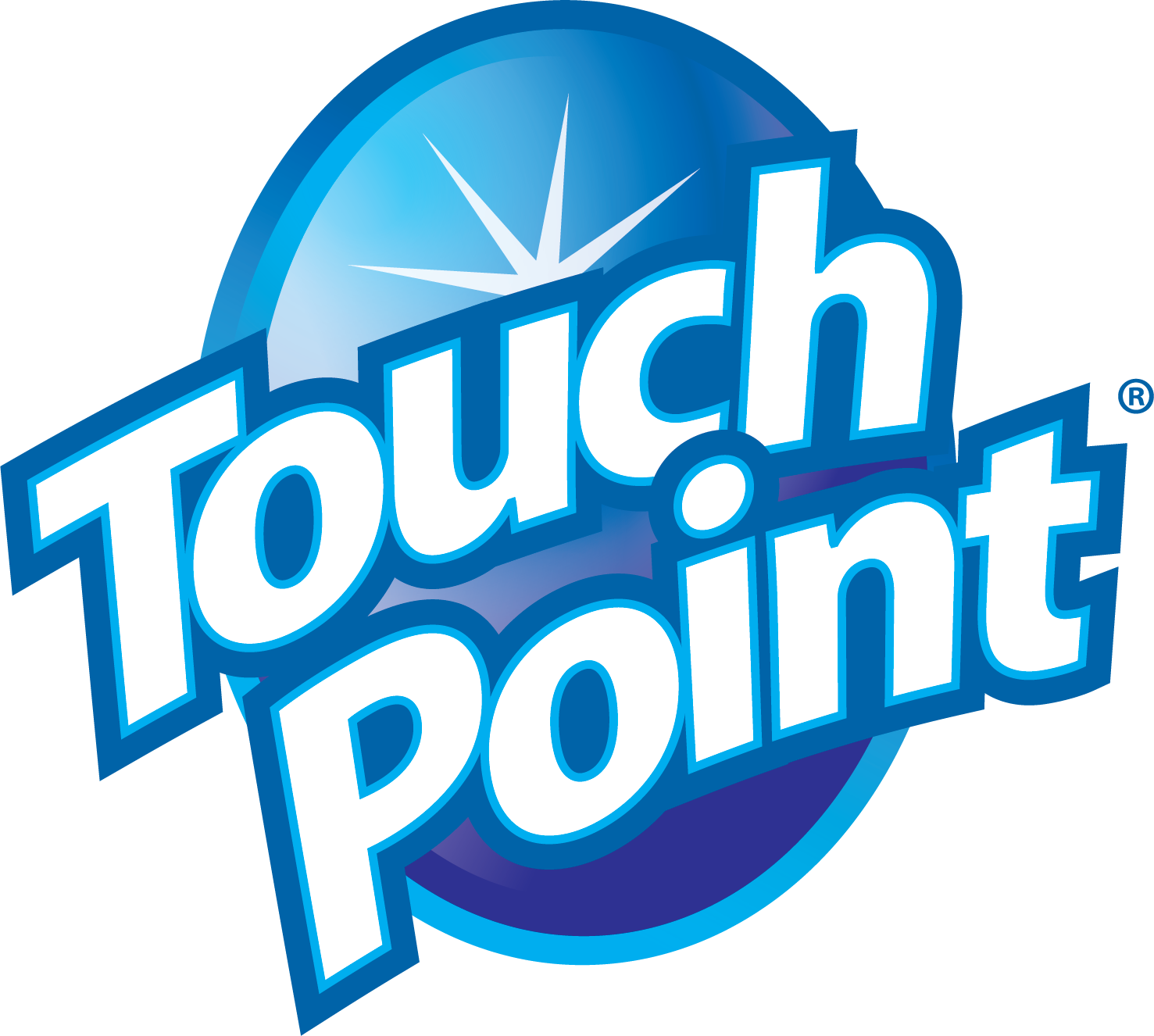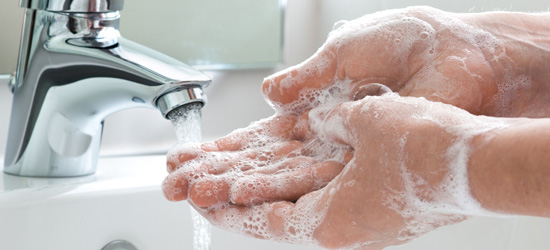It’s especially important in the midst of cold and flu season to do all you can to prevent the spread of germs. Proper handwashing habits go a long way to keeping you, your family, friends, and coworkers healthy.
How Do Germs Spread?
Because people often touch their mouth, eyes, and nose, germs have numerous opportunities to enter their body and, potentially, make them sick. Germs can multiply under certain conditions and in certain types of food and drink. Therefore, it’s important to ensure that your unwashed hands aren’t the source of these germs. When individuals with unwashed hands touch commonly used surfaces, such as counters, handrails, door handles, etc., the germs they leave behind can be transferred onto other people’s hands. Additionally, germs expelled when someone coughs or sneezes can also cause the spread of disease. It’s important to do your best to keep your hands as clean as possible—for your health and for the health of others.
How Does Soap Remove Germs?
It’s important to create a good lather with soap and water. Scrub your hands for at least 20 seconds. When you do, the soap molecules surround and trap the oil, dirt, and germs on your skin and form structures called micelles. The trapped oil, dirt, and germs become suspended in the soapy water and are washed away when you rinse your hands. If you wash for a shorter amount of time, you will remove less germs according to the CDC.
What is the Proper Technique for Washing Your Hands?
- Wet your hands. You are able to create a more effective lather if you get your hands wet before adding the soap.
- Work the soap and water into a good lather.
- Scrub your hands for at least 20 seconds. Ensure to wash the palms and backs of your hands, under your fingernails, and between your fingers.
- Rinse your hands and dry them thoroughly.
- When using a public washroom: To keep your hands clean, turn off the taps and open the door with a paper towel.
When Should You Wash Your Hands with Soap and Water?
If your hands are noticeably dirty, you should wash them with soap and water. You should also wash with soap and water…
- After touching garbage.
- After touching your pet or another animal.
- After changing a diaper or using the washroom.
- Before and after treating a wound of any kind.
- Before and after assisting someone who is sick, especially if they were vomiting or had diarrhea.
- After sneezing, coughing, or blowing your nose.
- Before, during, and after preparing food.
- And before eating.
What is the Difference Between Using Hand Sanitizer and Washing with Soap and Water?
Soap and water remove all types of germs. Hand sanitizer kills certain germs on your skin. Although alcohol-based hand sanitizers can quickly reduce the number of germs in many situations, soap and water are more effective at removing certain kinds of germs, including harmful chemicals.
Check out the Touch Point Hand Care page on our website for a list of our soaps and dispensers: https://touchpointwipes.com/product-category/by-type/hand-care/
For more information on the importance of properly washing your hands, check out the following Centers for Disease Control and Prevention webpages:


